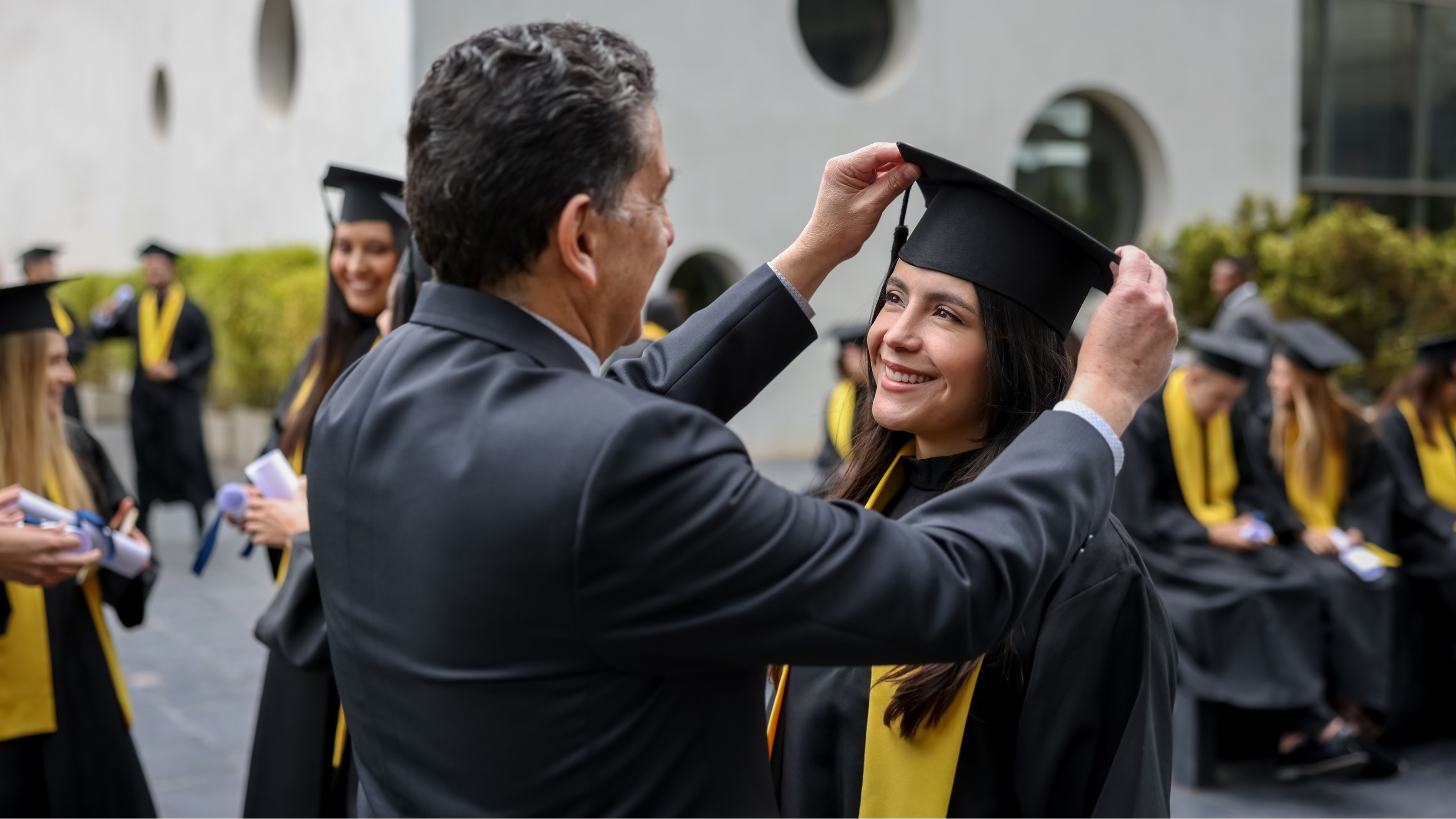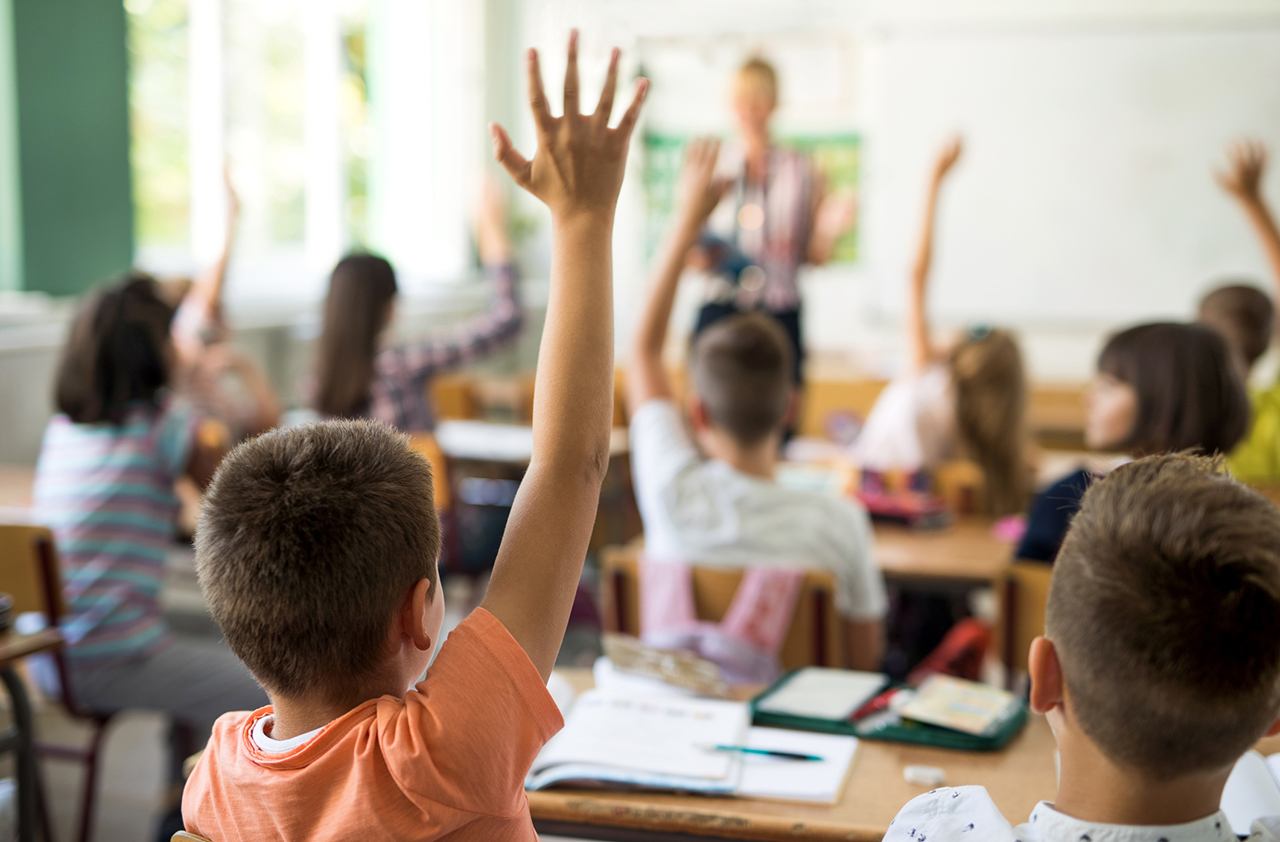Full Refinancing
This can give you access to your equity and a cheaper interest rate. If you stay put long enough, the extra fees may be worth it.
First the good news. An owner who trades a $200,000 fixed-rate, 30-year mortgage at 8% for the same loan at 6% is happily saving $268 a month before taxes. Refinancing means paying off your old loan and getting a new first mortgage. Now the bad news. It generally means paying fees for origination, appraisal and credit check, and points, too.
What if your rate is 7.5%, or you paid to refinance a couple of years ago, or you have an adjustable-rate mortgage (ARM) with an adjustment due soon? Is refinancing worth it?
A home-equity loan may be the fastest way to tap your equity, but refinancing could be the better route in any of the following situations:
From just $107.88 $24.99 for Kiplinger Personal Finance
Become a smarter, better informed investor. Subscribe from just $107.88 $24.99, plus get up to 4 Special Issues

Sign up for Kiplinger’s Free Newsletters
Profit and prosper with the best of expert advice on investing, taxes, retirement, personal finance and more - straight to your e-mail.
Profit and prosper with the best of expert advice - straight to your e-mail.
- Interest rates are 2% or more less than what you are now paying.
- Rates aren't quite 2% less, but you plan to stay put.
- You figure you could pay off a new loan in less time with roughly the same payment you are making on your current mortgage.
Do you have remodeling in mind? Say your home is worth $200,000 and the mortgage balance is $155,000. You could refinance for $175,000 at a new lower rate, use $155,000 to pay off the old loan and free $20,000 of home equity for remodeling. Lower interest rates mean you could get a bigger loan without a big increase in monthly payments. For example, the principal and interest payment on a $200,000, 9%, 30-year, fixed-rate mortgage is $1,609. With rates at 6%, if you refinanced for $230,000 and used the money left after paying off the old loan for home improvements, monthly principal and interest payments on the new loan would be $1,379. That's a monthly savings of $230 and you have $30,000 to improve your property.
Refinancing can make sense even if you don't need to tap the equity in your home. Consider refinancing anytime there's a difference of two percentage points or more between your fixed-loan rate and current rates. The two-point rule works in your favor when you stay in the house long enough for lower monthly payments to offset the costs of refinancing -- usually several years. Refinancing with less than a two-point differential can be advantageous if you plan to live in your home for a long time. Even a 1.5-point spread can do the trick when you stick around more than seven years. Use the Am I better off refinancing? calculator to crunch your own numbers.
What about ARMs?
The problem with ARMs is that your current rate probably is below today's 30-year fixed rate. Should you keep it, trade to a fixed rate or take advantage of low teaser rates on new ARMs?
Switching to a fixed rate. If you plan to stay in your house, it could make sense to lock in a fixed rate. You wouldn't necessarily save a lot of money compared with the ARM you trade in, but you'd have peace of mind knowing your rates won't rise.
An ARM for an ARM. When first year "teaser" rates are two to three percentage points lower than your current ARM, it's tempting to consider switching an old ARM for a new one. First-year payments would drop substantially. But after that, the interest rate would reach about what it would have been on your old ARM, assuming the index and margin were the same. You come out ahead only if your first-year savings exceed the cost of refinancing.
Switching from a fixed-rate to an ARM. If you plan to sell within one to three years, you could cut your monthly principal and interest payments dramatically by switching to an ARM.
Tax concerns
When you're refinancing just the balance of your mortgage, interest on the entire amount is tax-deductible. If you borrow additional money, the interest on up to $100,000 extra is deductible as home-equity debt.
Unlike points for the original mortgage, points for refinancing must be deducted over the life of the loan, whether you pay in cash or add them to the loan, unless you use the funds for improvements to your home. If you use all additional funds from the refinancing for home improvements, you can deduct all interest payments on the loan and the full amount of the points related to the improvement.
You can keep money in your pocket by folding the closing costs into the loan. This also has the effect of adding otherwise nondeductible charges, such as an appraisal fee, to the amount on which you pay deductible interest.


Profit and prosper with the best of Kiplinger's advice on investing, taxes, retirement, personal finance and much more. Delivered daily. Enter your email in the box and click Sign Me Up.
-
 3 Major Changes to the Charitable Deduction in 2026
3 Major Changes to the Charitable Deduction in 2026Tax Breaks About 144 million Americans may qualify for the 2026 universal charity deduction, while high earners face new IRS limits. Here's what to know.
-
 Where to Stash Cash as Yields Fall, According to Advisers
Where to Stash Cash as Yields Fall, According to AdvisersYour best options depend on how soon you'll need the money and your tolerance for risk.
-
 Control vs Protection Quiz: Which Trust Do You Need?
Control vs Protection Quiz: Which Trust Do You Need?Quiz Take this simple quiz to discover whether a revocable or irrevocable trust should be the cornerstone of your estate plan.
-
 AI Appliances Aren’t Exciting Buyers…Yet
AI Appliances Aren’t Exciting Buyers…YetThe Kiplinger Letter Artificial intelligence is being embedded into all sorts of appliances. Now sellers need to get customers to care about AI-powered laundry.
-
 Banks Are Sounding the Alarm About Stablecoins
Banks Are Sounding the Alarm About StablecoinsThe Kiplinger Letter The banking industry says stablecoins could have a negative impact on lending.
-
 Big Changes Are Ahead for Higher Ed
Big Changes Are Ahead for Higher EdThe Kiplinger Letter A major reform of higher ed is underway. Colleges are bracing for abrupt change, financial headwinds and uncertainty.
-
 What New Tariffs Mean for Car Shoppers
What New Tariffs Mean for Car ShoppersThe Kiplinger Letter Car deals are growing scarcer. Meanwhile, tax credits for EVs are on the way out, but tax breaks for car loans are coming.
-
 AI’s Rapid Rise Sparks New Cyber Threats
AI’s Rapid Rise Sparks New Cyber ThreatsThe Kiplinger Letter Cybersecurity professionals are racing to ward off AI threats while also using AI tools to shore up defenses.
-
 Blue Collar Workers Add AI to Their Toolboxes
Blue Collar Workers Add AI to Their ToolboxesThe Kiplinger Letter AI can’t fix a leak or install lighting, but more and more tradespeople are adopting artificial intelligence for back-office work and other tasks.
-
 AI Goes To School
AI Goes To SchoolThe Kiplinger Letter Artificial intelligence is rapidly heading to K-12 classrooms nationwide. Expect tech companies to cash in on the fast-emerging trend.
-
 What To Know if You’re in the Market for a New Car This Year
What To Know if You’re in the Market for a New Car This YearThe Kiplinger Letter Buying a new car will get a little easier, but don’t expect many deals.